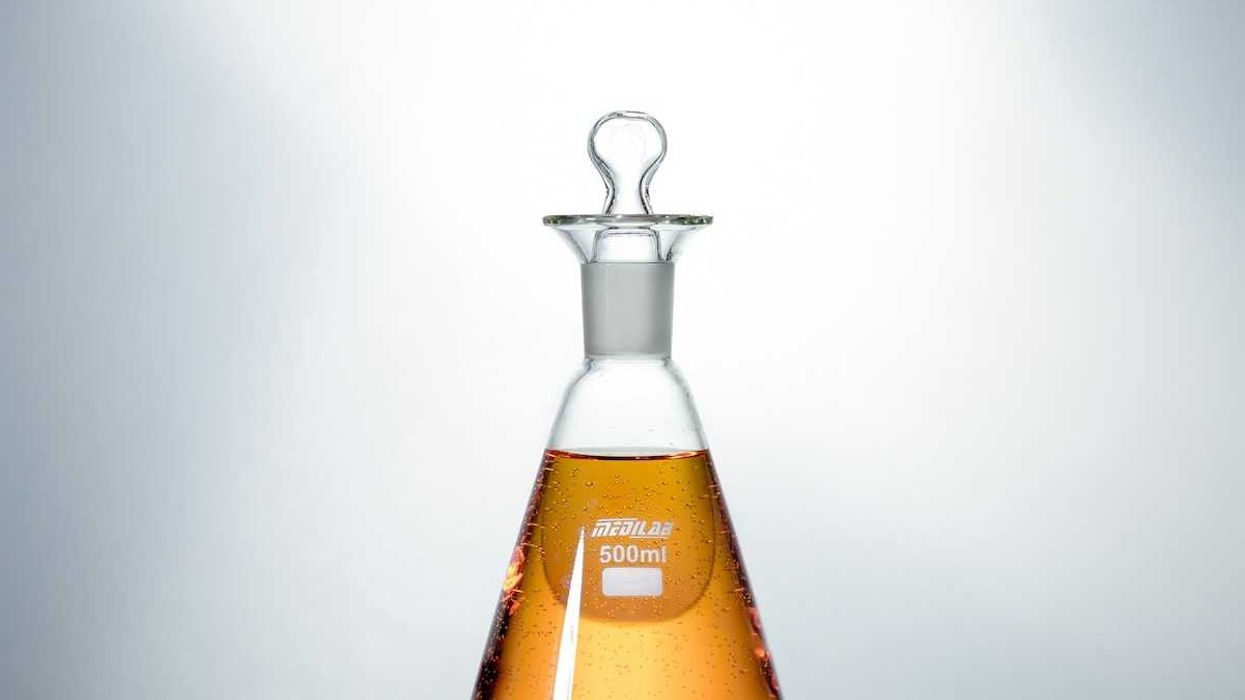Antibiotic use in U.S. livestock is supposed to be on a downswing, but the numbers reveal a stubborn trend with some animal sectors seeing sales creep back up, raising questions about the FDA’s efforts to rein in overuse.
Natasha Gilbert reports for U.S. Right To Know.
In short:
- The FDA claimed an impactful reduction in farm antibiotic sales, but recent data suggests some animal sectors, like cattle and pigs, have seen usage rebound.
- U.S. sales initially dropped after the 2017 ban on antibiotics for growth, especially in poultry, but since then, antibiotics in other livestock sectors have gradually increased.
- Critics argue the FDA’s approach lacks transparency and strength, with U.S. policies lagging behind stricter European standards that have slashed antibiotic use significantly.
Key quote:
“The Center for Veterinary Medicine chooses to act in subtle ways to veil their misdirection and inaction in a smokescreen of unclear language, excuses, and lack of transparency,”
— David Wallinga, Keep Antibiotics Working
Why this matters:
This isn’t just a regulatory snag; it’s a public health time bomb. Overusing antibiotics in animals doesn’t stay on the farm—it creates resistant bacteria that seep into the environment, potentially reaching our food and water. Read more: Swine workers on front lines in fight against antibiotic resistance.













